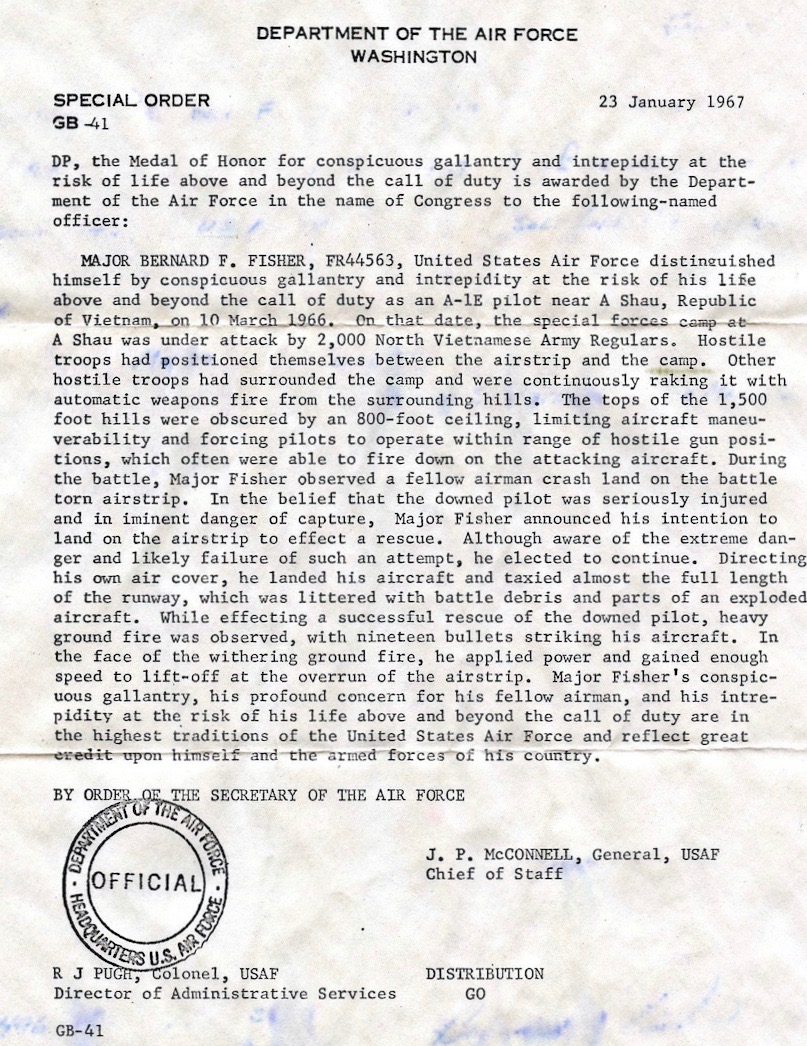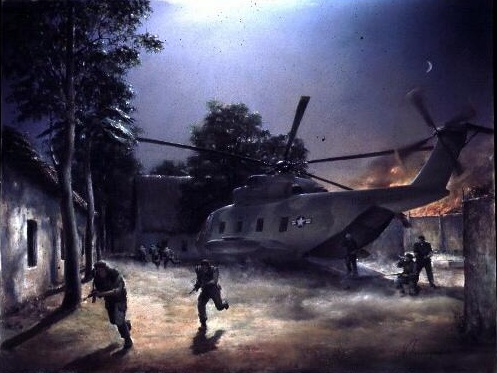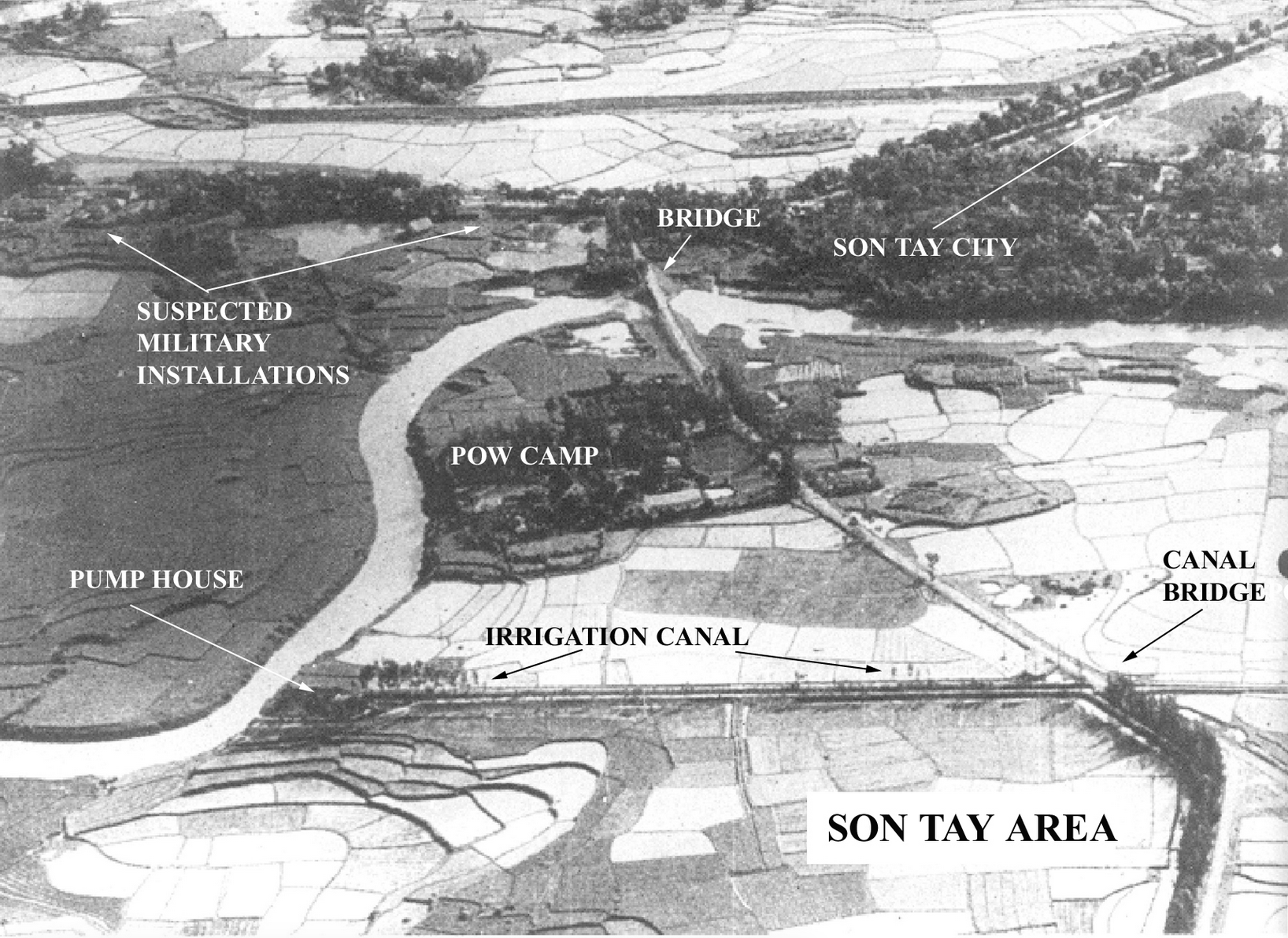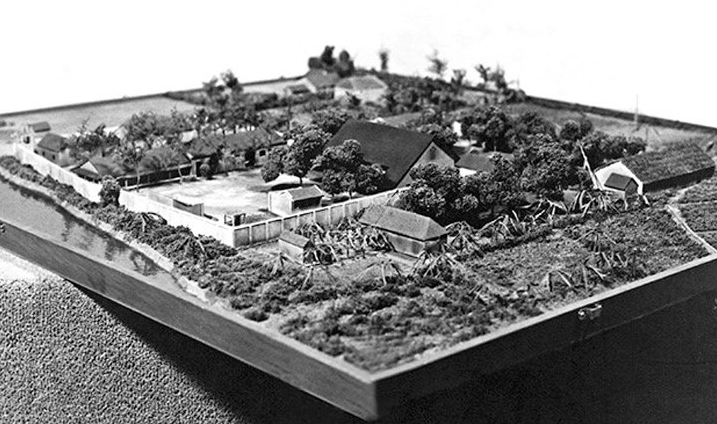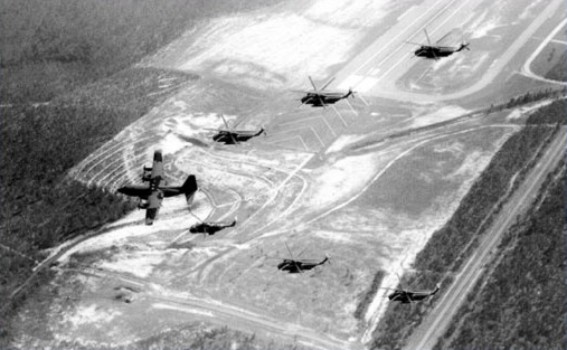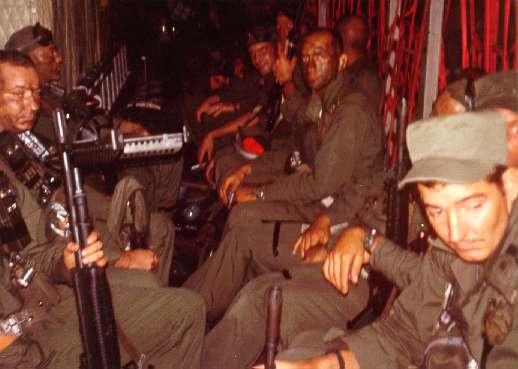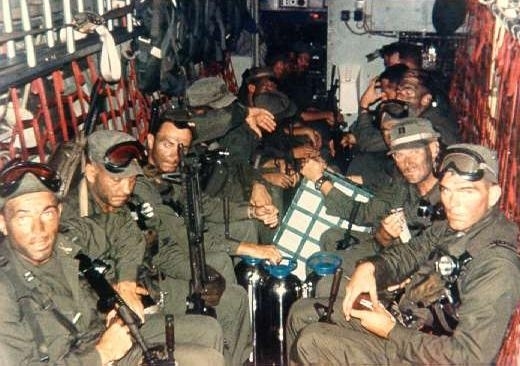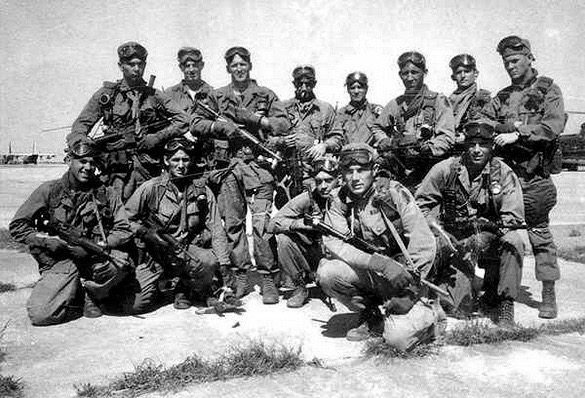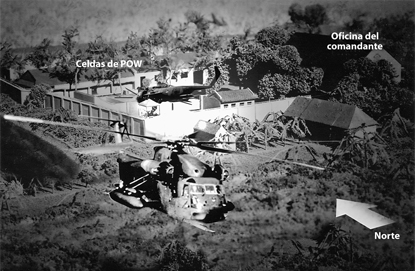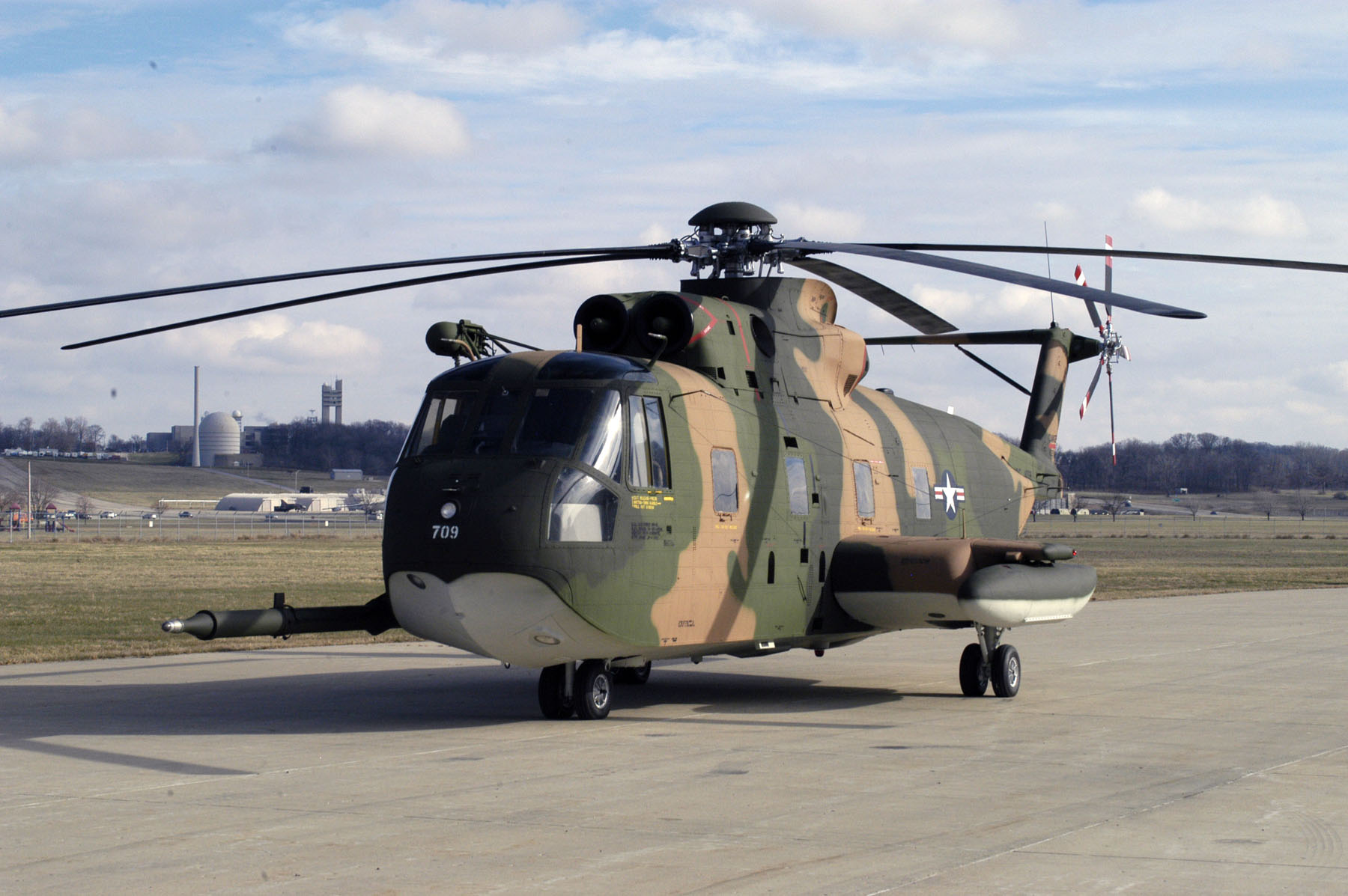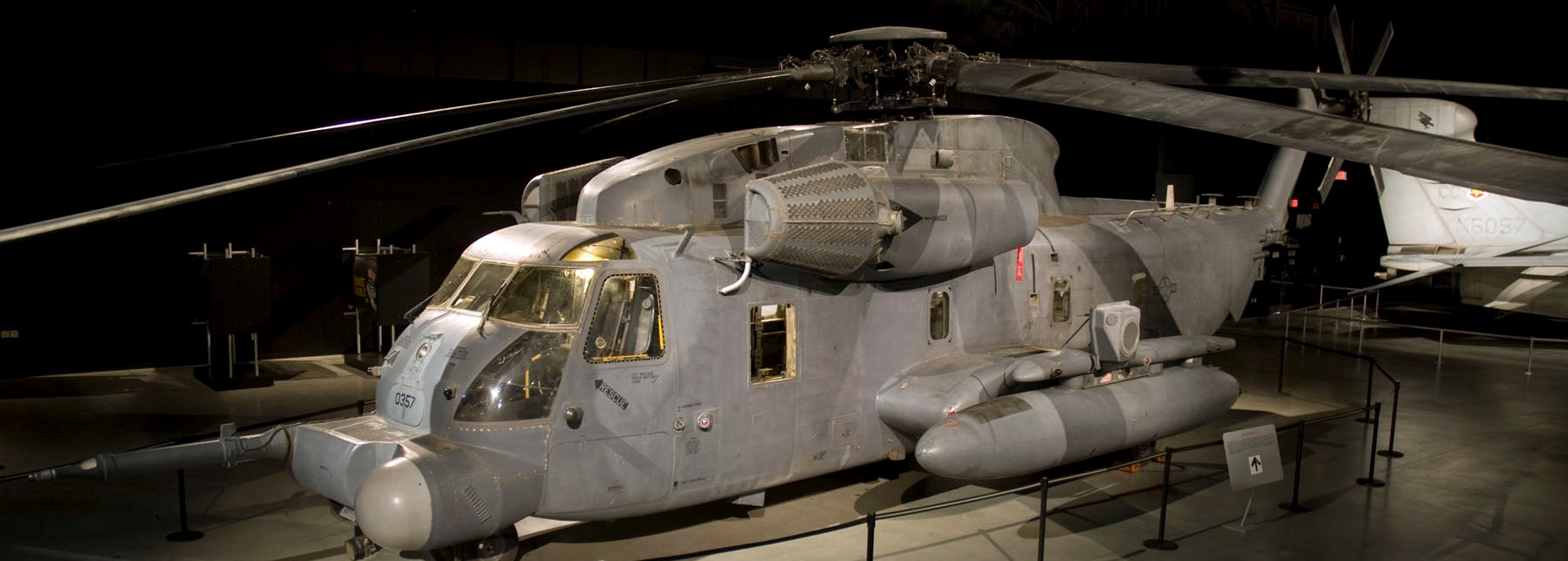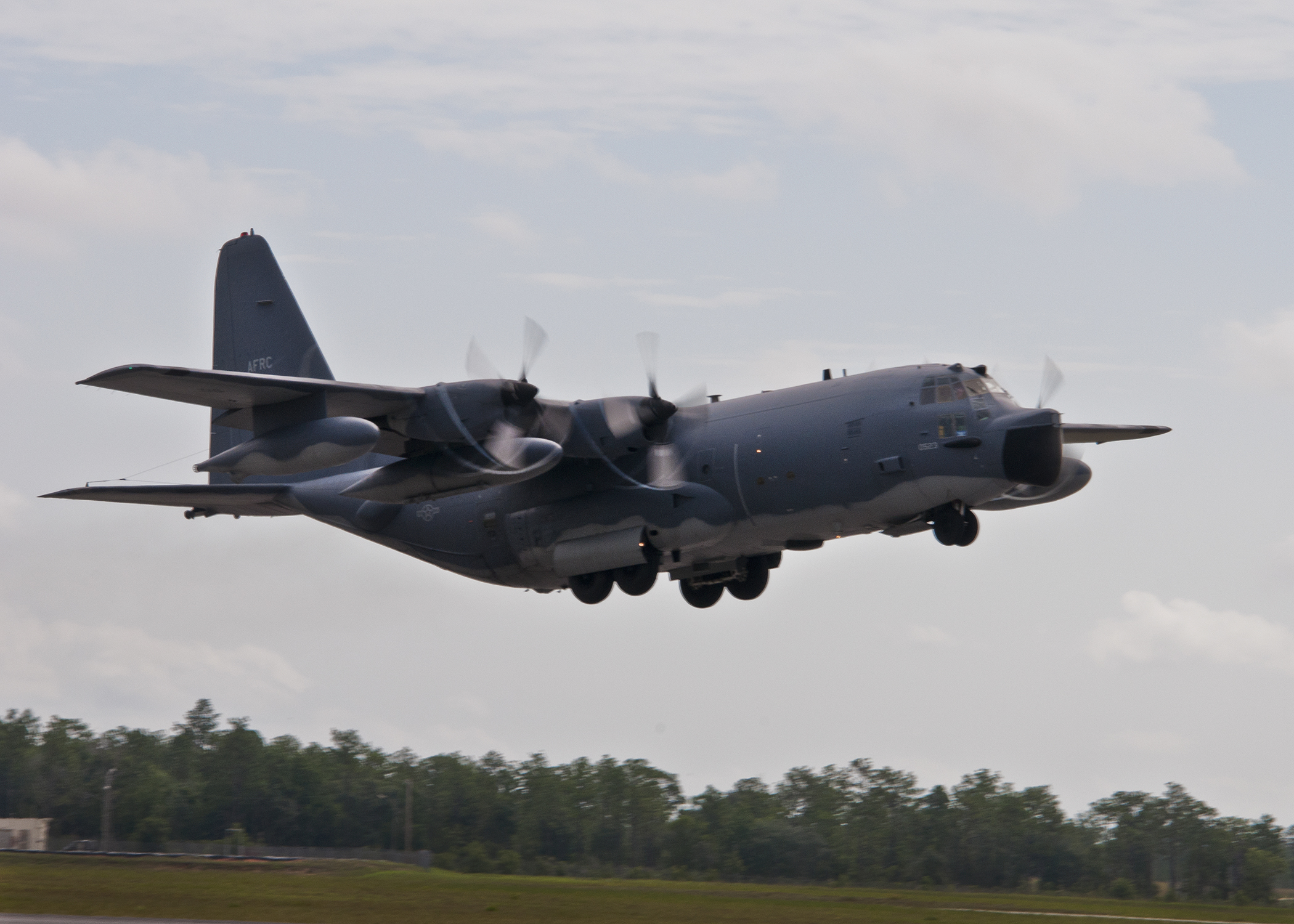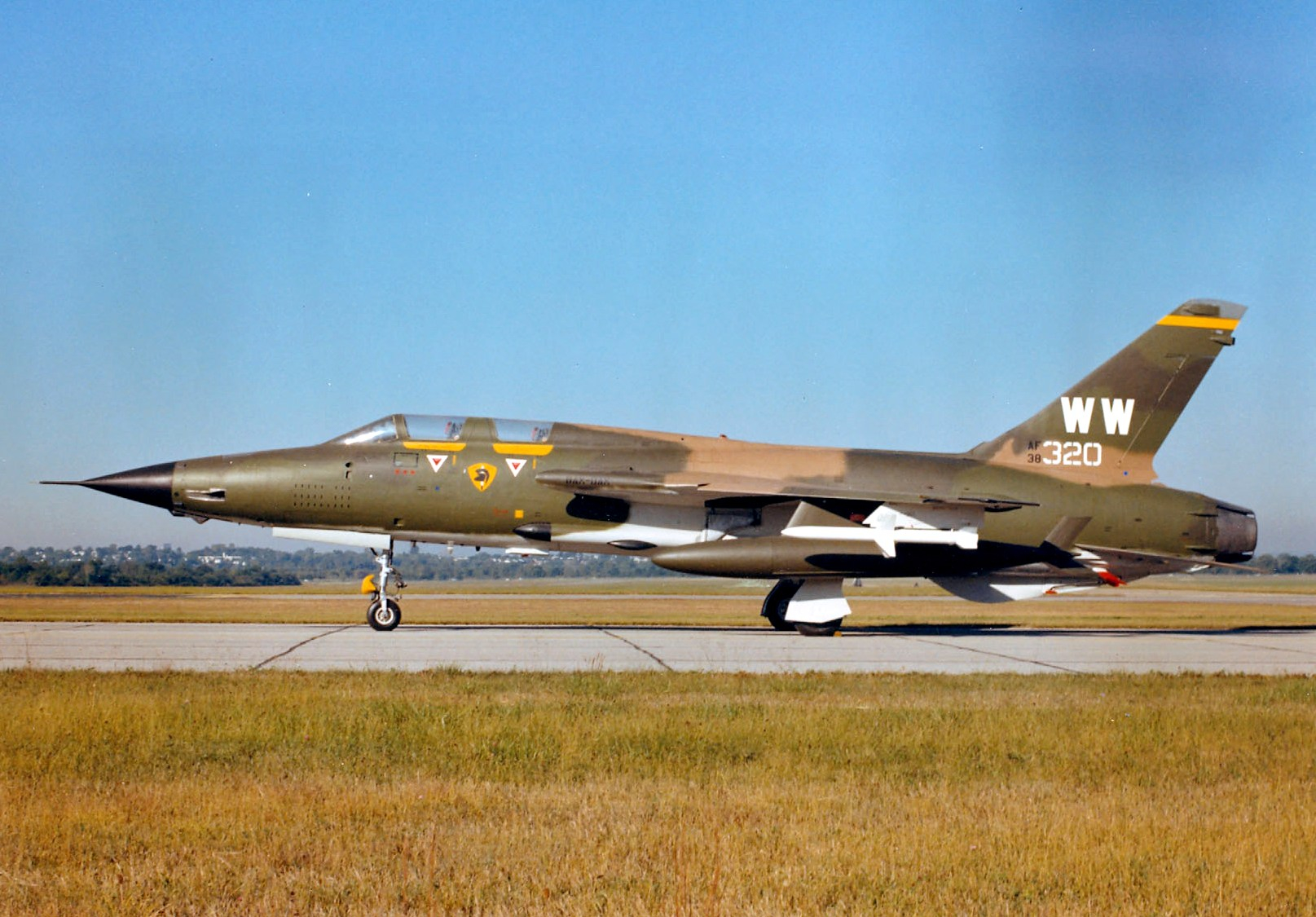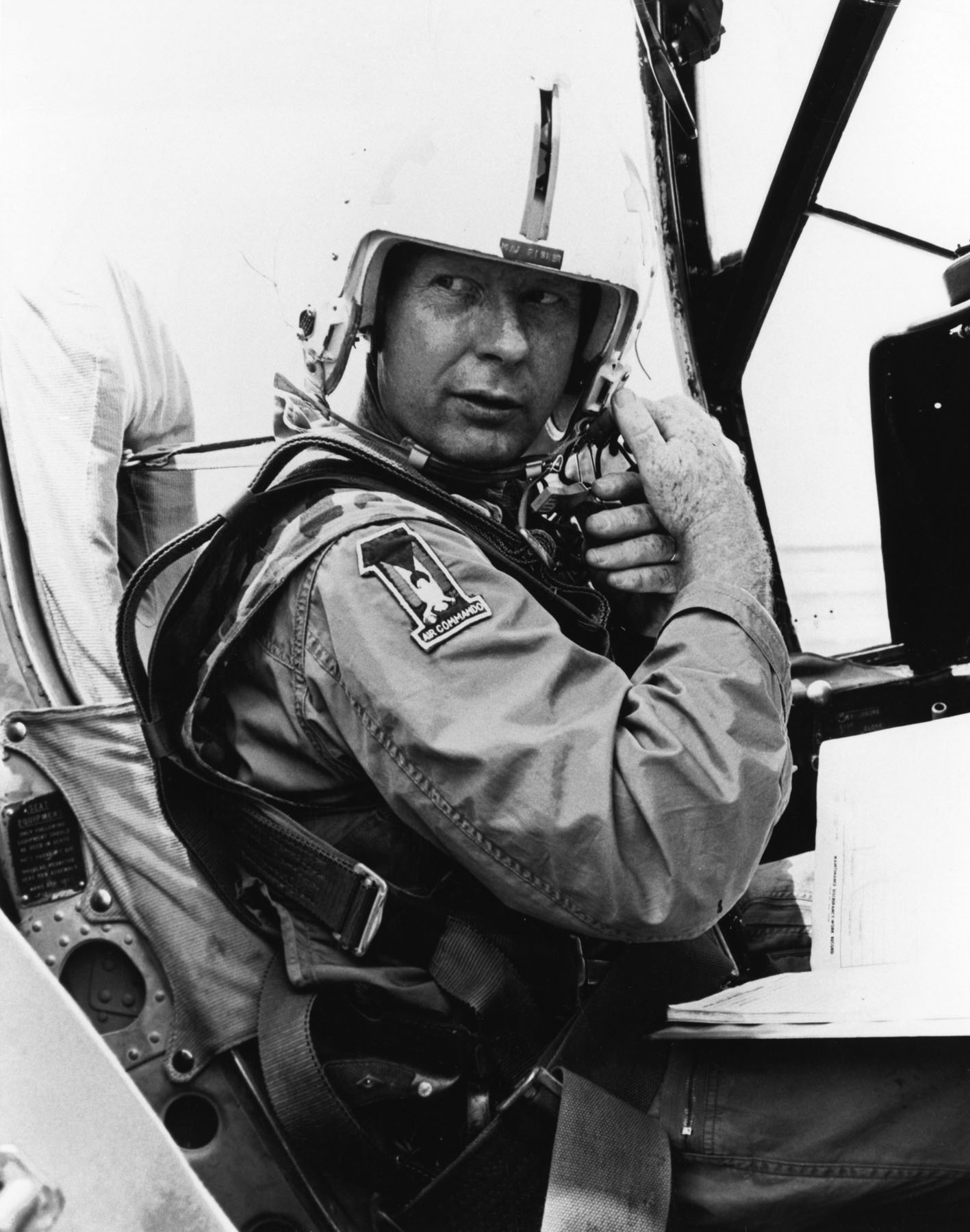
MEDAL OF HONOR
MAJOR BERNARD F. FISHER, UNITED STATES AIR FORCE
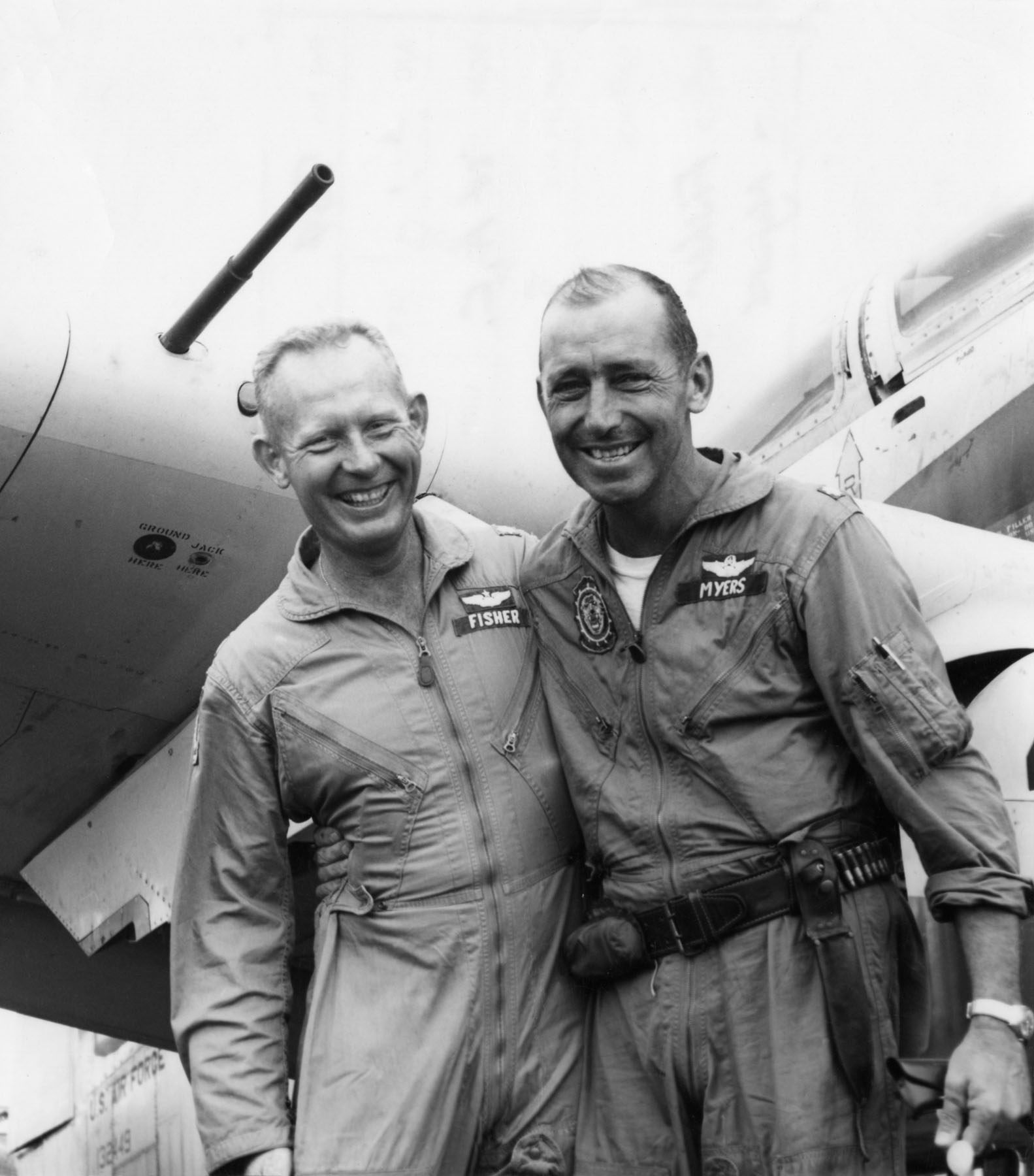
Bernard Francis (“Bernie”) Fisher was born at San Bernardino, California, 11 January 1927. He was the son of Bruce Leo Fisher, a farmer, and Lydia Lovina Stoddard Fisher. He attended Davis High School, Kuna, Idaho.
Bernie Fisher served in the United States Navy from 10 February 1945 to 16 March 1946. He was an Aviation Machinist Mate 1st Class (AMM 1c). He was discharged following the end of World War II. Fisher attended Boise Junior College, Boise, Idaho from 1947 to 1949, and at the same time, served with the Air National Guard.
Mr. Bernard Francis Fisher married Miss Realla Jane Johnson at Salt Lake City, Utah, 17 March 1948. They would have six children.
Fisher transferred the University of Utah, where he was a cadet in the Air Force Reserve Officers Training Corps (ROTC). He was commissioned as a second lieutenant in the United States Air Force in 1951.
Fisher flew fighters in the Air Defense Command. He twice landed a Lockheed F-104 Starfighter following a complete engine failure. In 1965, Major Fisher volunteered for service in Vietnam, where he flew 200 combat missions. He was awarded the Silver Star for his actions during the Battle of A Shau, one day prior to the Medal of Honor action.
President Lyndon B. Johnson presented the Medal of Honor to Major Fisher at a ceremony in the White House, 19 January 1967. Fisher was the first to receive the newly-designed U.S. Air Force version of the Medal of Honor.
Colonel Fisher retired in 1974.
In 1999, the chartered U.S. Military Sealift Command container ship MV Sea Fox was renamed MV Maj. Bernard F. Fisher (T-AK-4396). The 41,000 ton ship remains in service.
Colonel Fisher died 16 August 2014, at Boise, Idaho, at the age of 87 years. He was buried at the Idaho State Veterans Cemetery.
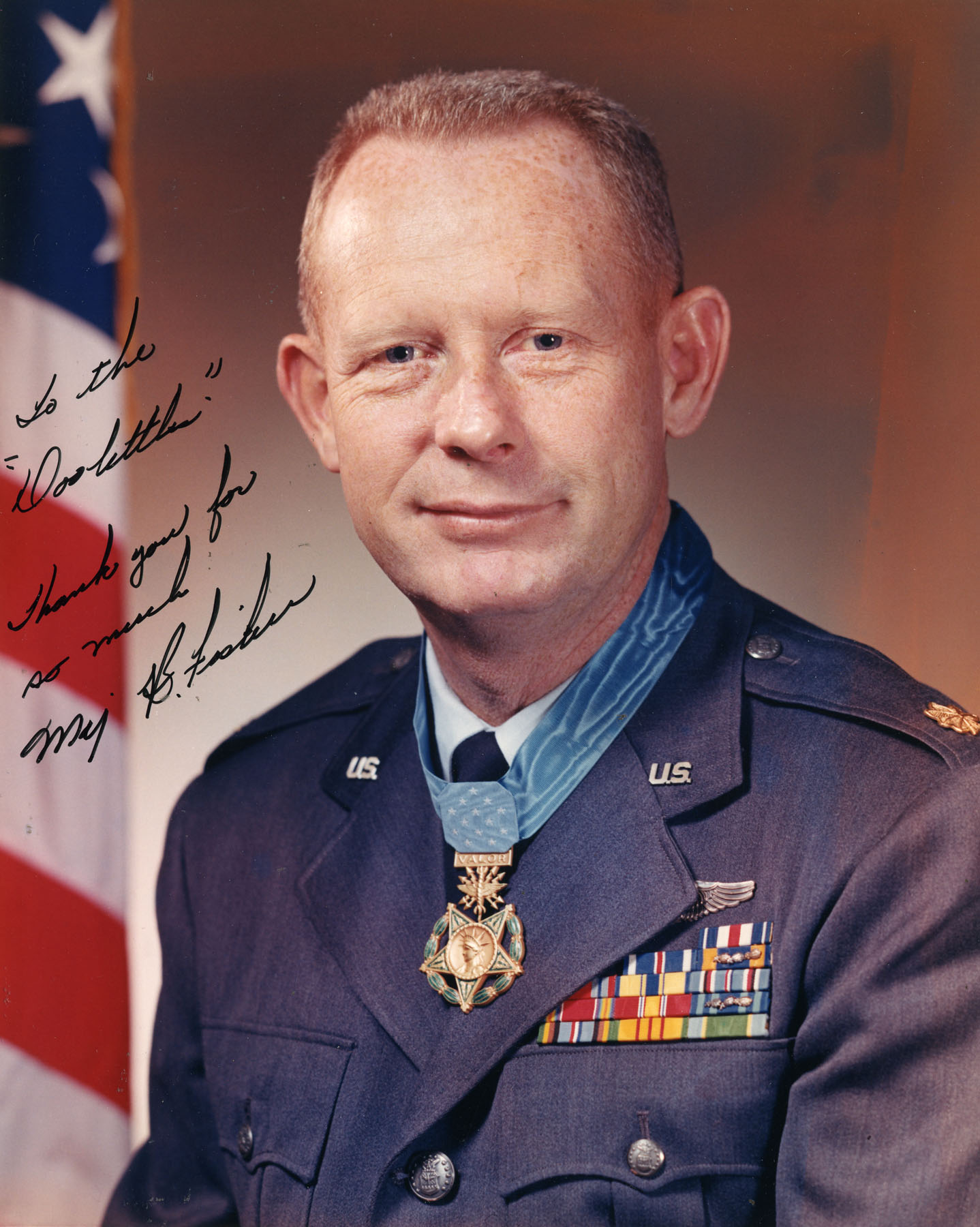
 The United States Navy and Marine Corps adopted the Douglas Aircraft Company AD-1 Skyraider just after the end of World War II. The U.S. Air Force recognized its value as a close air support attack bomber, but it wasn’t until the early months of U.S. involvement in the Vietnam War that a number of Skyraiders were transferred to the U.S.A.F.
The United States Navy and Marine Corps adopted the Douglas Aircraft Company AD-1 Skyraider just after the end of World War II. The U.S. Air Force recognized its value as a close air support attack bomber, but it wasn’t until the early months of U.S. involvement in the Vietnam War that a number of Skyraiders were transferred to the U.S.A.F.
These aircraft were identified by Department of the Navy, Bureau of Aeronautics serial numbers, commonly referred to as “bureau numbers,” or “bu. no.” Once acquired by the Air Force, the two-digit fiscal year number in which the airplane was contracted was added to the bureau number, resulting in a serial number with a format similar to a standard U.S.A.F. serial number. For example, Major Fisher’s Skyraider, A-1E 52-132649, was originally U.S. Navy AD-5 Skyraider Bu. No. 132649, authorized in 1952. (The Douglas AD series was redesignated A-1 in 1962.)
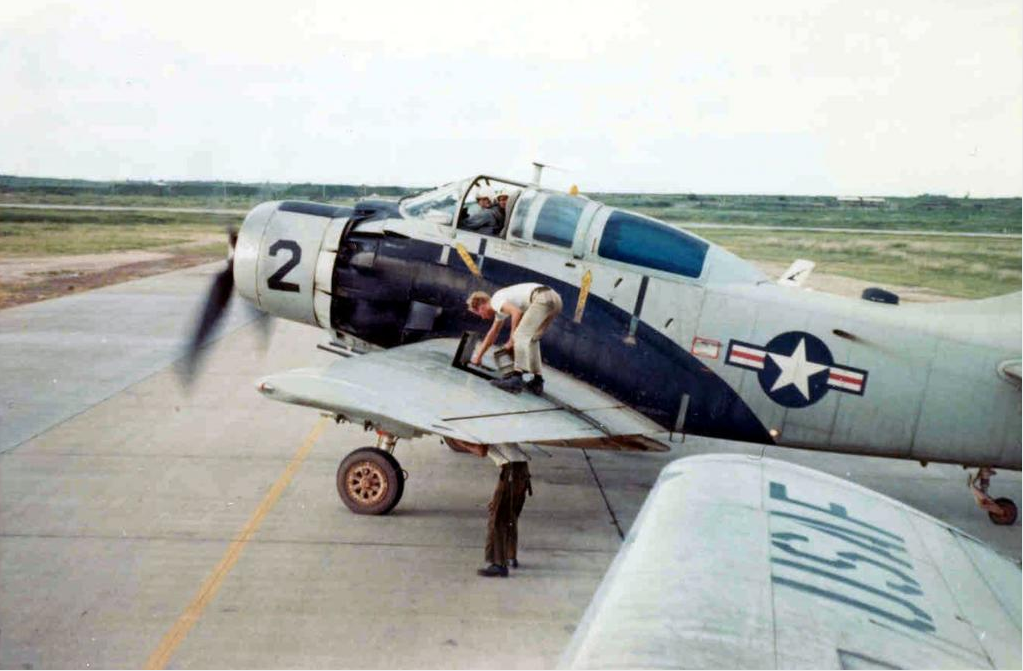
The Douglas AD-5 Skyraider was designed as a two-place, single-engine, antisubmarine warfare aircraft. A low-wing monoplane with conventional landing gear, it has folding wings for storage aboard aircraft carriers. With two pilots seated side-by-side, the AD-5’s fuselage is both wider and longer than earlier AD-series aircraft. Two ASW mission specialists were seated in the aft cabin. In 1962, the AD-5 was re-designated A-1E.
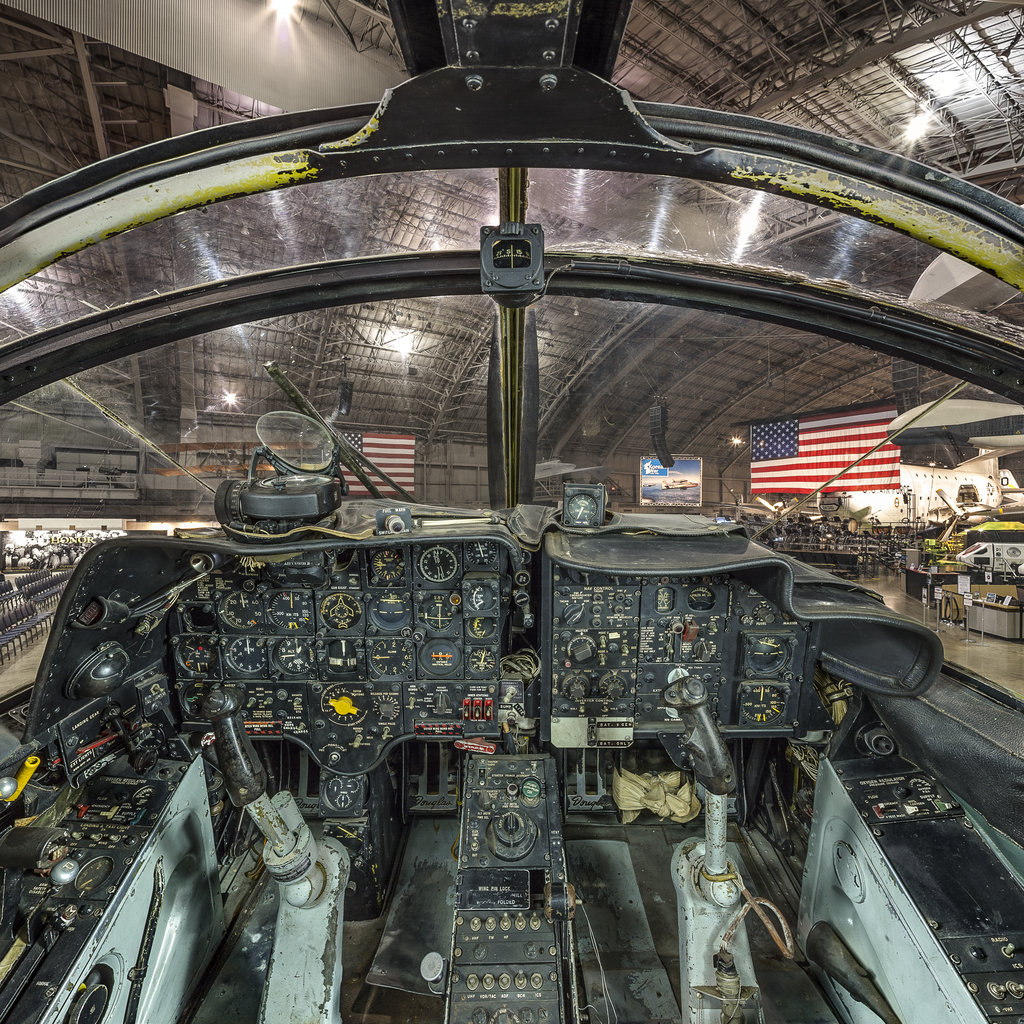
The AD-5/A-1E Skyraider is 40 feet, 0 inches long (12.192 meters) with a wingspan of 50 feet, ¼ inch (15.246 meters) and overall height of 15 feet, 9½ inches (4.816 meters). The wings have a total area of 400.3 square feet (37.19 square meters). Its empty weight is 12,293 pounds (5,576 kilograms) and the maximum takeoff weight is 25,000 pounds (11,340 kilograms).
 The A-1E is powered by an air-cooled, supercharged, direct-fuel-injected, 3,347.662-cubic-inch-displacement (54.858 liter), Wright Aeronautical Division R-3350-26WA (Cyclone 18 836C18CA1) twin-row 18-cylinder radial engine, with water/alcohol injection. This engine has a compression ratio of 6.71:1. The R-3350-26W has a Normal Power rating of 2,300 horsepower at 2,600 r.p.m., and a Takeoff/Military Power rating of 2,700 horsepower at 2,900 r.p.m., using 115/145 aviation gasoline. The engine drives a four-bladed Aeroproducts constant-speed propeller with a diameter of 13 feet, 6 inches (4.115 meters) through a 0.4375:1 gear reduction. The engine is 4 feet, 7.62 inches (1.413 meters) in diameter and 6 feet, 6.81 inches (2.002 meters) long. It weighs 2,848 pounds (1,292 kilograms), dry.
The A-1E is powered by an air-cooled, supercharged, direct-fuel-injected, 3,347.662-cubic-inch-displacement (54.858 liter), Wright Aeronautical Division R-3350-26WA (Cyclone 18 836C18CA1) twin-row 18-cylinder radial engine, with water/alcohol injection. This engine has a compression ratio of 6.71:1. The R-3350-26W has a Normal Power rating of 2,300 horsepower at 2,600 r.p.m., and a Takeoff/Military Power rating of 2,700 horsepower at 2,900 r.p.m., using 115/145 aviation gasoline. The engine drives a four-bladed Aeroproducts constant-speed propeller with a diameter of 13 feet, 6 inches (4.115 meters) through a 0.4375:1 gear reduction. The engine is 4 feet, 7.62 inches (1.413 meters) in diameter and 6 feet, 6.81 inches (2.002 meters) long. It weighs 2,848 pounds (1,292 kilograms), dry.
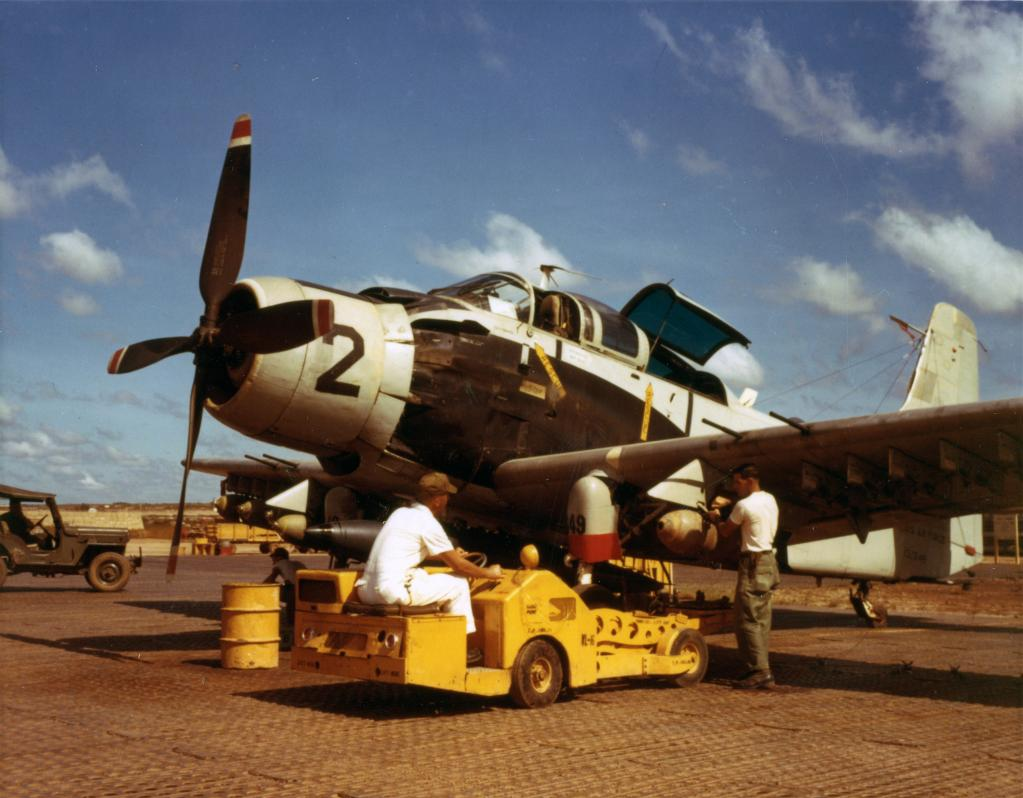
The A-1E Skyraider has a cruise speed of 170 knots (196 miles per hour/315 kilometers per hour), a maximum speed of 283 knots (326 miles per hour/524 kilometers per hour) at Sea Level with combat power (3,150 horsepower); and 286 knots (329 miles per hour/527 kilometers per hour) at 15,200 feet (4,633 meters). The service ceiling is 26,400 feet (8,047 meters). Carrying a 4,500 pound (2,041 kilogram) bomb load, its range is 524 miles (843 kilometers).
The A-1E is armed with four 20 mm M3 autocannon, with two in each outboard wing, and 200 rounds of ammunition per gun. The Skyraider can carry a combination of external fuel tanks, gun pods, bombs or rockets on 15 hardpoints. The maximum bomb load is 8,000 pounds (3,629 kilograms).
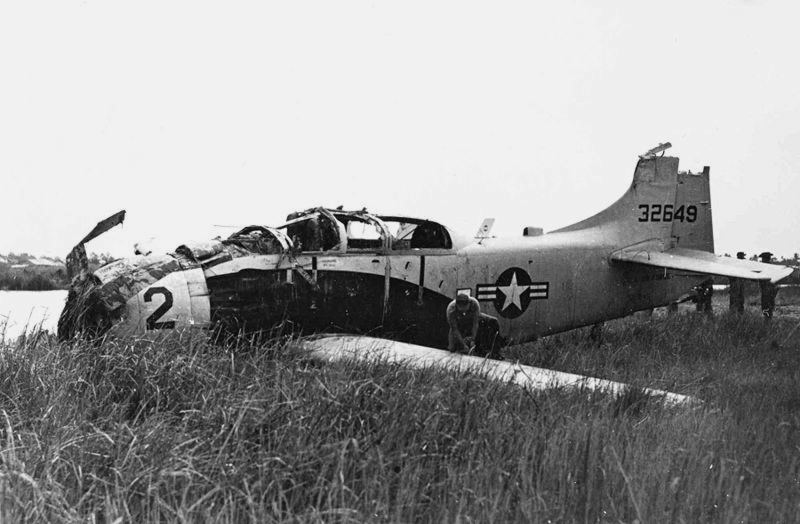
Douglas AD-5 Skyraider Bu. No. 132649 (c/n 9506) was built for the U.S. Navy by the Douglas Aircraft Company at El Segundo, California, in 1952. It was redesignated as an A-1E in 1962, and transferred to the U.S. Air Force in 1963.
52-132649 was hit by ground fire and crash landed near Cần Thơ, Republic of Vietnam, 21 March 1965. Both pilots, Captains Jerry Pavey Hawkins and William Henry Campbell, were killed.
The airplane was considered salvageable. It was picked up by a Sikorsky CH-54 Tarhe and transported to Tân Sơn Nhứt Air Base near Saigon, where it was repaired and then returned to service with the 3rd Tactical Fighter Wing at Biên Hòa Air Base in November 1965.
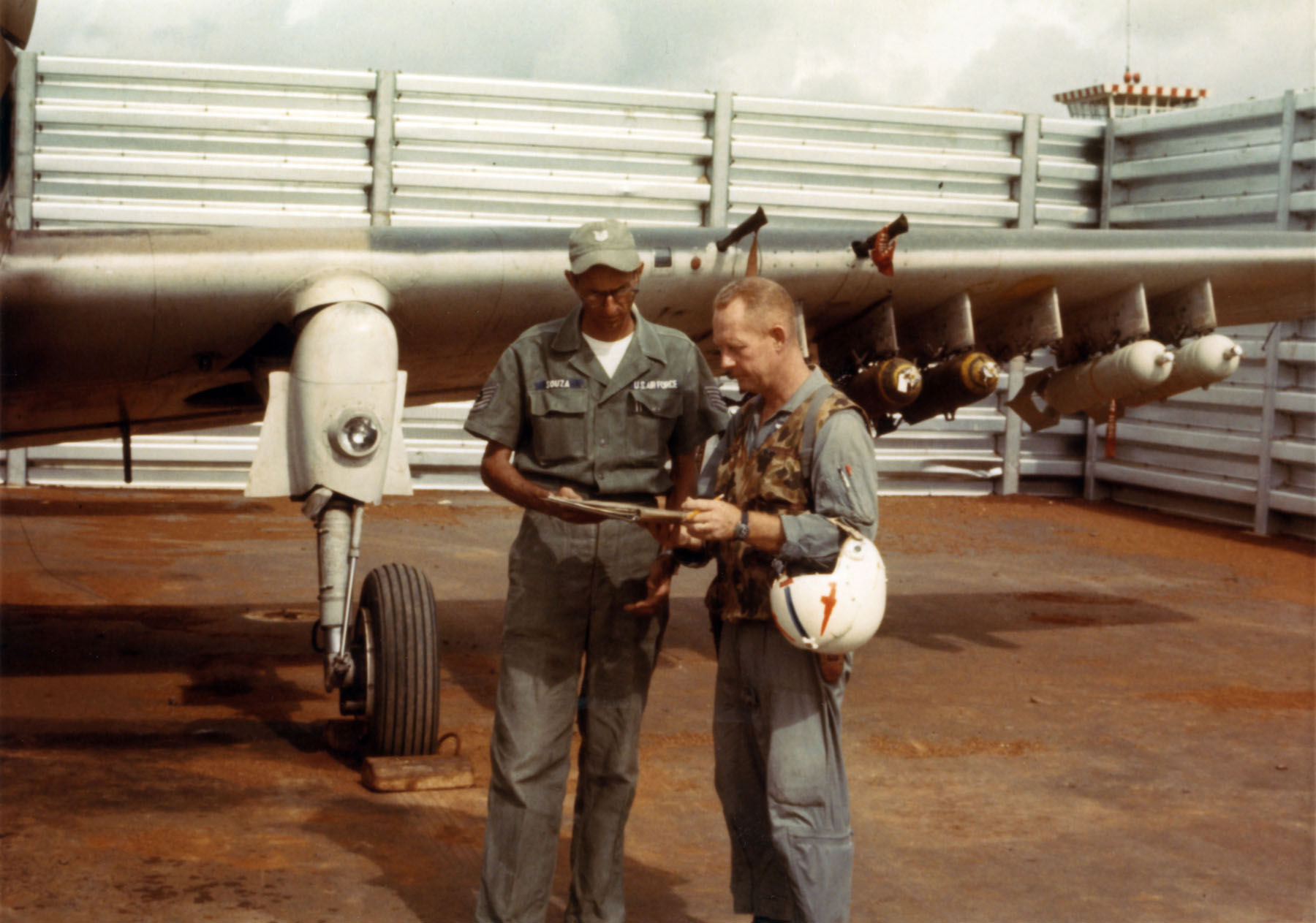
52-132649 was next assigned to the 1st Air Commando Squadron, 14th Air Commando Wing, at Pleiku Air Base. The Skyraider was returned to the United States in 1967 and was retired from service in January 1968. It was ferried from Hurlburt Field, Florida, to the National Museum of the United States Air Force at Wright-Patterson Air Force Base, Dayton, Ohio, where it was put on display.
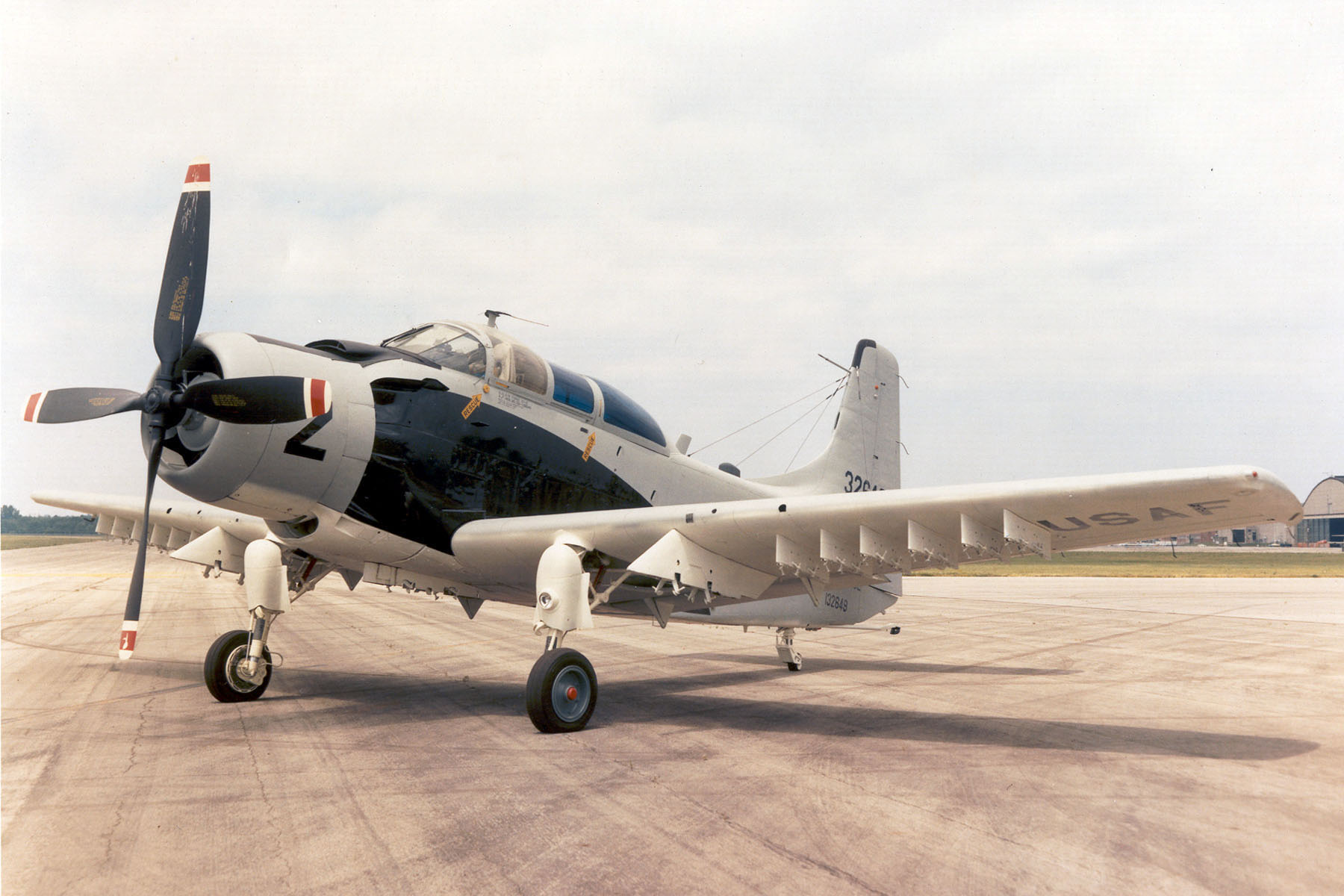
© 2017, Bryan R. Swopes
